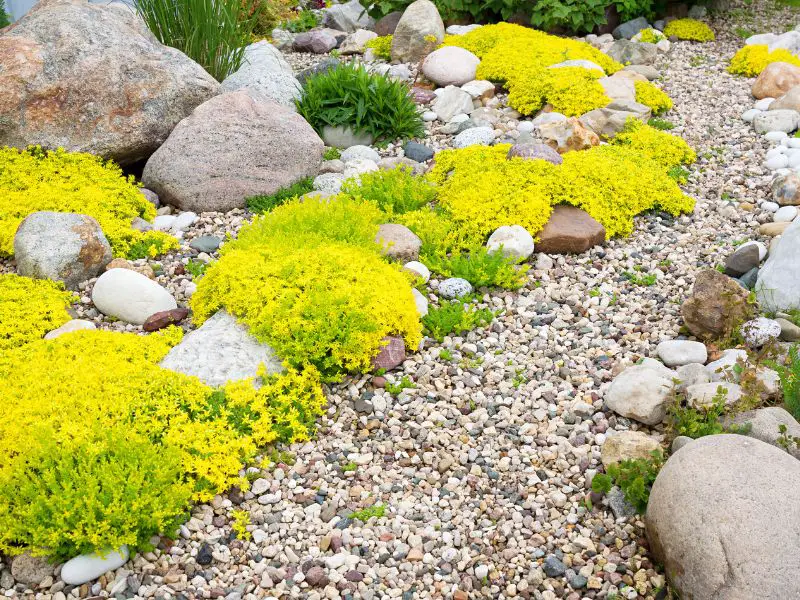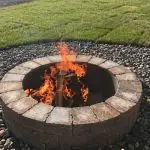With the summer nearly upon us, many of us are thinking of ways to shape up our gardens. In today’s guide we’ll be looking at some of the top landscaping trends in 2023 to try out in your garden. Let’s begin!

Drought-tolerant Plants
After last year’s heatwave, it’s poignant to consider how we can keep our garden flourishing even through times of minimal rainfall.
Drought-tolerant plants, like evergreens, can help keep your garden flourishing with plenty of colour even during tough times weatherwise.
Some of the most notable drought-tolerant plants you may want to consider for your garden this year include:
- Rock roses
- Aloe
- Diascia
- Felicia
- Californian poppy
- Port marigold
- Baptista australis
Drought-tolerant plants like those listed above can come in the form of perennials, containers and borders, grasses, half-hardy succulents, hanging basket plants, shrubs, climbers and more!
Of course, it’s essential that any plants you had to your garden are not poisonous to pets if you have any animal family members!
Related Posts
Turf Laying
Laying turf is one way of enhancing the look and feel of your garden. Among the advantages of turf grass include just how effective it is at binding soil and the ability of its roots to store more water. This helps lower the risk of turf being carried away due to poor weather.
The average cost of turf laying is around £100 to £500. Naturally, prices will vary depending on the type of turf used and how much turf is required. Popular options include dwarf ryegrass, creeping red fescue, annual meadowgrass and brown top bent. It’s likely to take anywhere from half a day to three days to have turf installed, primarily depending on the size of the installation.
Use of Natural Mulches
Another popular landscaping trend for gardens in 2023 is the use of mulching. Mulching is a thick layer of material (usually organic) that is added to soil for a wide range of reasons. This approach is a suitable way of improving the quality of soil.
Among the various benefits of mulches include:
- Reduces how much water evaporates from the soil thus limits how often you’ll need to water it
- Better quality of soil
- Reduces weeds appearing on your soil
- Moderates soil temperatures
- Offers frost protection
- Lowers the need for garden maintenance
Mulch will be no less than 5mm thick and can be applied to the surface of garden soil sometime from November to February.
As mentioned, mulch usually comes in the form of organic material. This might include gravel, slate chippings, chipped bark, well-rotted garden compost, etc.
Dark Shades and Burst of Brighter Colours
Some of the colours likely to be popular in gardens throughout the year are darker blues, purples and greys mixed with bursts of brighter tones. This would come down to choosing the right plants to achieve this myriad of contrasting colours.

Other Landscaping Trends to Consider
Along with the ideas already brought up, we also suggest the following landscaping trends:
- Hard landscaping
- Installation of a natural swimming pool
- Gravel gardens
- The use of darker materials (e.g., dark natural stone walls)
- Scandinavian minimalism
- Sustainable design
Hiring a Professional Landscaper
You may want to undertake landscaping work DIY and, in many cases, once you have the right skills and knowledge, that’s perfectly fine.
However, if you’d rather hire a professional, it’s best to get quotes from at least three professionals before making a decision. You should compare their pricing, experience and online ratings/reviews.
A landscaper is likely to charge somewhere in the region of £15 to £60 per hour. The overall average is an hourly rate of £27. The reason that prices can vary so widely is that labour costs differ from region to region. Prices tend to be above average in the southeast of England while they tend to be below the UK average in areas such as the north of England, Scotland and Northern Ireland.




